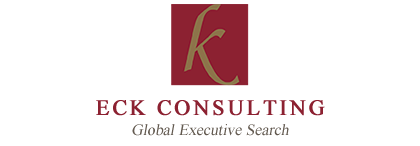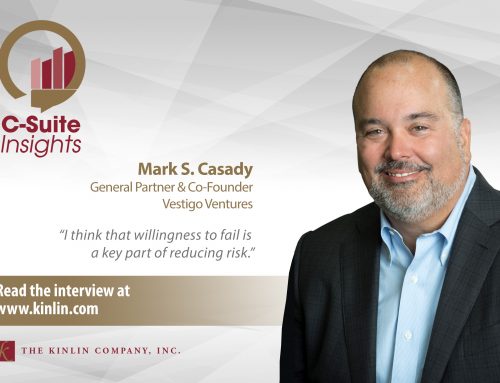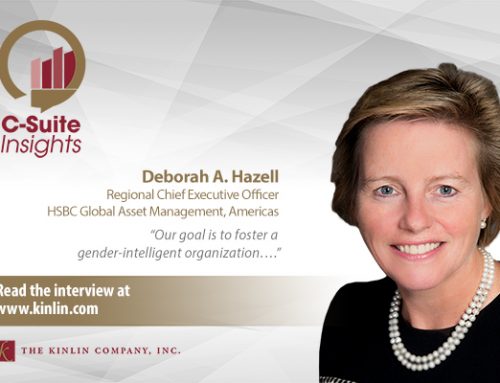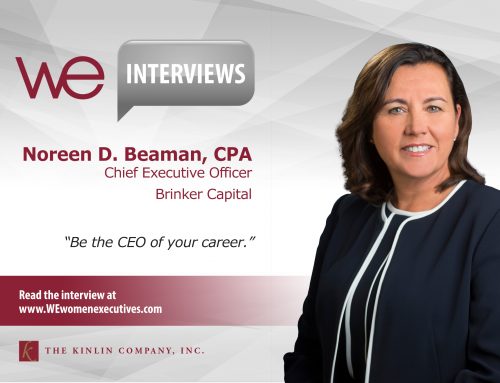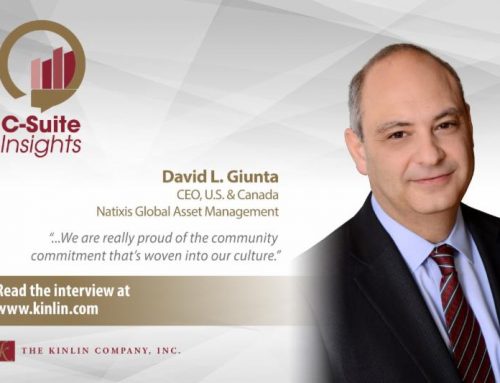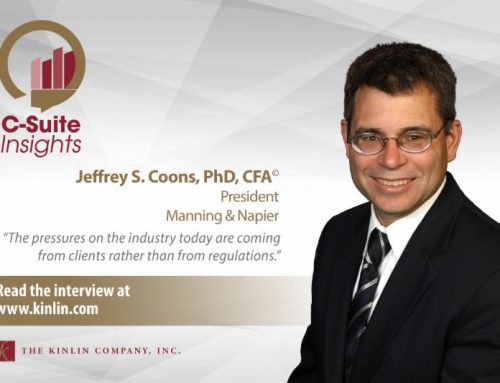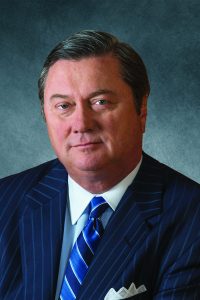
Robert Reynolds
President and CEO
Putnam Investments
Putnam executive Bob Reynolds may well redefine the term multi-tasker. As president and CEO of Putnam Investments, Reynolds oversees a staff of 1,800 Boston-based employees with assets under management of over $150 billion. Additionally, he serves as president and CEO of Denver, Colorado-based Great-West Financial – one of the nation’s top providers of retirement savings products and services, life insurance, annuities, and executive benefits products – with over 5,000 employees and $400+ billion in assets under administration – and occupies the same roles at Great-West Lifeco U.S.
Prior to joining Putnam in 2008, Reynolds was Vice Chairman and Chief Operating Officer of Fidelity Investments, the right-hand man to Fidelity Chairman Edward “Ned” Johnson III.
I recently sat down with Reynolds to discuss current and developing trends in the financial services arena and get a read on the issues he’ll be watching in the next several years ahead.
A look at key drivers – technology and the regulatory environment
In light of Reynolds’ reputation as a thought leader and innovator in institutional and retail financial services, I was curious to hear what has captured his attention of late. What trends or developments in this area are you watching most closely now, and why, I inquired.
“The retirement arena is heavily driven by technology as it relates to participant and plan sponsor experience, so we spend a lot of time making sure that we’re on top of what participants need in order to save as much as possible for retirement and be invested in the best way. Plan sponsors also want to know exactly what’s going on in the plan because it is an employee benefit, so technology is key.
“You also can’t mention financial services today without talking about the regulatory environment – it touches all the businesses we’re in. The biggest concern is the Fiduciary Rule, which was intended to cover only qualified plans — 401(k) and IRA rollovers – but is affecting all of asset management. In other words, if you’re an advisor and you’re paying attention to the Fiduciary Rule, it should only touch qualified money. But in reality, you’re looking at all the money you manage to take it to that standard, so even though the rule doesn’t take effect until April of 2017, it’s had a huge effect on all the businesses we’re in.”
Given the challenges of this regulatory climate, I asked Reynolds whether he thought any new products were needed.
“Yes. From a Putnam standpoint, given that we distribute to intermediaries and have large flows into index funds and ETFs, we’re looking for strategies and products that are non-correlated to benchmarks in order to provide a different way to look at investments. Over the last five to six years, we’ve rolled out 30 new products, and we’re looking at rolling out probably eight more this year. And in the retirement space, the big push is to do something different in target date funds.”
An eye on the future
Given Reynolds’ lengthy tenure in financial services, I was curious to get his take on some of the trends that have been characterized as forthcoming industry ‘game changers,’ namely distribution is redrawn and regional and global platforms dominate; fee models are transformed; and lastly, alternative becomes more mainstream, passives are core, and ETFs proliferate.
“Distribution is redrawn because of the Fiduciary Rule and the responsibility that wire houses and regionals now have in their whole product set. You’re going to see a change in the way that advisors deal with clients, in the number of advisors, etc., so distribution is totally different.
“Also the advent of technology and practice of mining big data is going to be part of the industry for years to come. More personalization of distribution is definitely taking place, and because of wire houses, regionals and the like, everyone’s going to be looking to narrow their choices, so there will be more pressure on performance. There will also be increased pressure to have more assets under management so that you have several strategies on the platform, and you’ll want to do business with 30 different partners. That’s a transition that’s taking place primarily the U.S., but you see the same type of regulatory onslaught happening around the world. We went through a period when boutique firms were in vogue, but those days are over. Today, the focus is on managers with broad capabilities, so you need scale to compete, both in the U.S. and abroad.”
Any mergers and acquisitions on the horizon, I queried.
“I think you’re going to see a plethora because right now, especially in active management, the demand does not equal the supply. So I think you’re going to see consolidation in response to supply and demand, but also to the need for much bigger platforms from which to operate.”
What about fee models, I asked.
“The pressure on fees is going to be obvious. It’s partly driven by index funds and ETFs, and I think it’s cyclical as to when active is in and out of favor – which has historically been the case – but I do think there’ll be pressure on fees driven by the regulatory bodies around the world.”
And your take on alternatives and ETFs?
“It used to be that alternatives — anything non-correlated to a benchmark – were only available to high net worth individuals, but I think the ability to put those in a 40 Act structure, ETF structure, et al, is going to make them more mainstream than they were before.”
As a follow-on, I mentioned a recent Citi white paper on market volatility, indicating that there’s been 1.3 trillion in net inflow since 2008, primarily captured by 10 industry players. Flows have been mainly into passive products, outcome-oriented products, and alternative products, the paper reported, and most players are only dominant in one category. Only 25 percent of the top 10 are dominant in two, and only one is dominant in the three categories. Any thoughts, I asked.
“It’s the cyclicality of what’s happening after 2008. That experience scared people away from equities, so we’ve had a bull market since 2009. It’s been seven years now, and most people missed it. Now some people have gotten into index funds, and a local investment firm that’s international in scope, rather than a small local firm. Most people think that index funds and ETFs represent less risk, and that’s not true. To me, the cyclicality of this has been overblown because of current flows, and this will change.
“The alpha generated by active management – and here I’m speaking almost predominantly equity and more U.S. than international – is just not sufficient to say, ‘We’re going to hire this active manager,’ when they can get similar returns to indexes. For the last three to five years, the index has been certainly in the top quartile almost in every category. Since June 30, it’s been in the 55th percentile, and in the first month of the fourth quarter, it’s been in the 60th percentile, so you are starting to see a shift. I’m not making a short-term decision as this is it, but traditionally, this is the way it goes.”
A commitment to growth
After getting a sense of Reynolds’ read on current and future markets, I wanted to ask a more personal question, informed by his more than 30 years in the field. Looking back over your career, what are you most proud of, I inquired?
“I joined Fidelity when it had $13 billion under management, and Magellan was between $1 and $2 billion. Everyone thought it was impossible to run a fund that big. I participated in the growth of Fidelity, then in 1989, Ned Johnson came to me and said, ‘Would you start a retirement business?’ At first, I was reluctant, but Ned said that although these things were never 100 percent, it looked like a great opportunity for me, so I decided to do it. And from our start in 1989 to 2000, we grew to over $300 plus billion.
“For the next seven years at Fidelity, I was the chief operating officer, and the 401(k) business doubled again. Now it’s by far the largest part of Fidelity, when you think of the retirement business and then the rollover business that came out of that. I am extremely proud of what we did – a lot of people worked very, very hard to change an industry.”
A belief in diversity
Reynolds’ mention of changing an industry offered a perfect segue to the subject of my next question: gender balance. Does Putnam have any formal programs on sponsorship, mentoring, or women’s initiatives that are designed to effect change on the gender balance issue, which is such a huge factor in this industry?
“We were one of the first firms to sign up for the project at Simmons College, we’ve worked with the mayor’s group on workplace equality, and we did a study at Putnam in which we looked at salaries across genders to see if they were equitable. I was confident that there would be no disparity, and in fact, the study found that some men were underpaid versus women, which was good.
“This is a game of human capital, and you always want to attract the best people, regardless of gender, race, ethnicity, etc., and that’s what we try to do. We are committed to having a diversified workforce and are very mindful of that in our recruiting initiatives. We also pay close attention to our benefit programs to make sure they encourage women to stay in the workforce, offering more time for maternity leave, for example, and flexible work schedules. We try to do everything humanly possible to support women because we want to get the best – it’s just part of the way to run a successful business.”
An ability to change
As our interview drew to a close, I couldn’t resist asking Reynolds to draw back the curtain a bit more. There are many issues changing the face of the business these days: risk, operational efficiency, regulation, distribution, growth, aging Boomers, Millennials. What’s on your mind now, for next year, for the next decade?
“It’s a complicated world we live in right now. You have a regulatory regime that’s been relentless since 2008, both here and abroad. The world is very, very different than it was 10 years ago, and it’s changing for everyone. It’s like a card game – everyone is dealt the same hand, and the one who plays it best wins. There’s more uncertainty now than there’s been at any time in my career, but I always focus on the present and tomorrow, because I can’t change what happened yesterday. We’re focused on performance – every day.”
